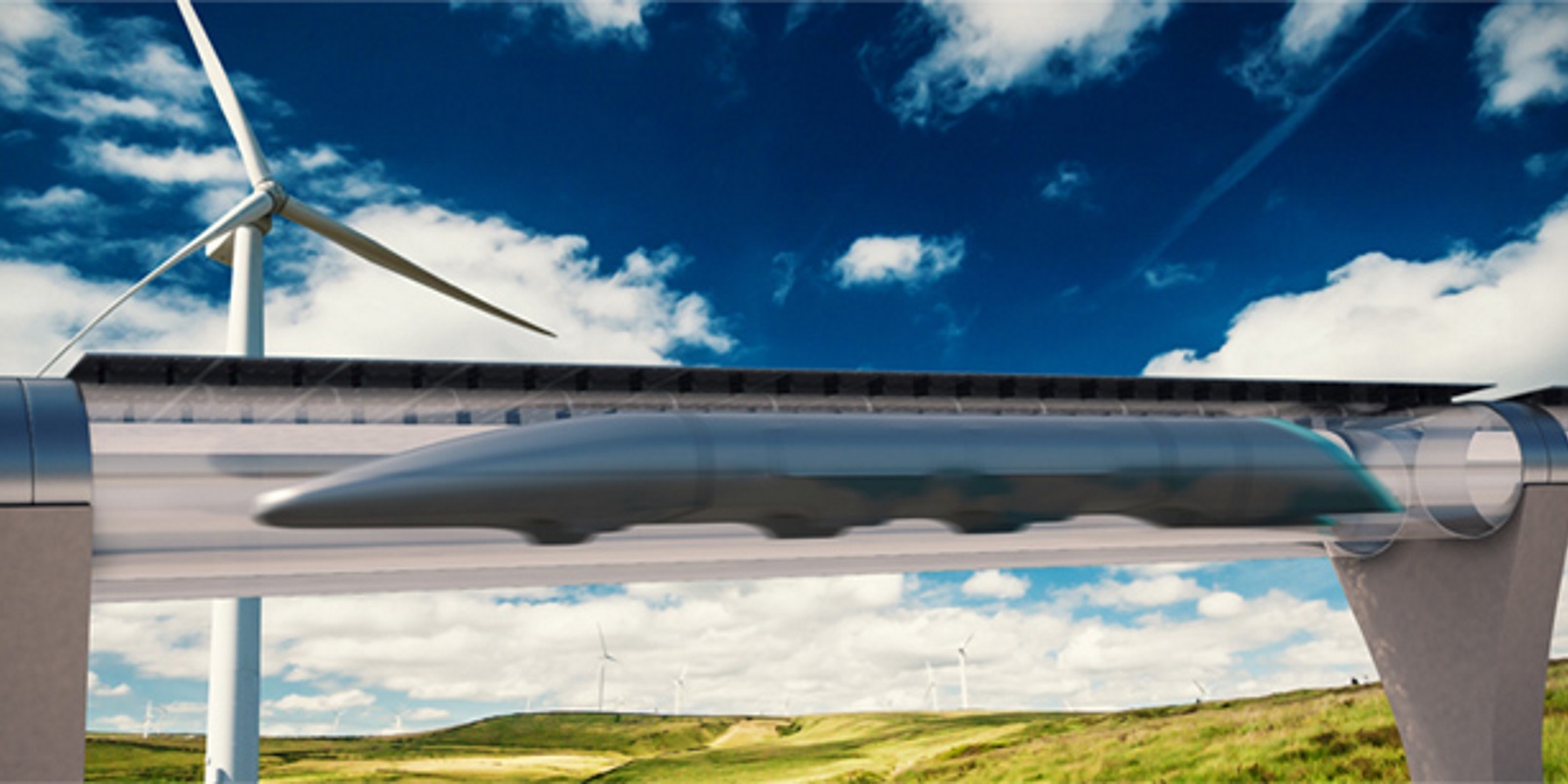Intercity and international travel are at capacity. There aren’t enough bus drivers. In many cities, overcrowded airports cannot meet demand, and it’s often cheaper to fly than travel by train.
Hyperloop promises to fill in that gap and deliver speed and sustainability to transport people and cargo alike.
Its advantages include speed and lower carbon emissions. Plus, hyperloop stations could be as small as two parking spaces.
But before we get there, hyperloop makers have a laundry list of stuff to figure out.
It raises issues like fire safety, emergency evacuation, and what might happen if the pods crash into each other in the tubes, and people understandably, start getting twitchy.
No one wants to die in a tube.
Hyperloop technology offers a compelling glimpse into a future where people are highly mobile, and opportunity is not limited by geography.
But even if fully functional, it needs to win over the public to become mainstream.
Read this handy guide to get the low down.
For more reading, we've also done a deep dive into the progress of those in the running to release the first commercial hyperloop.

![]()